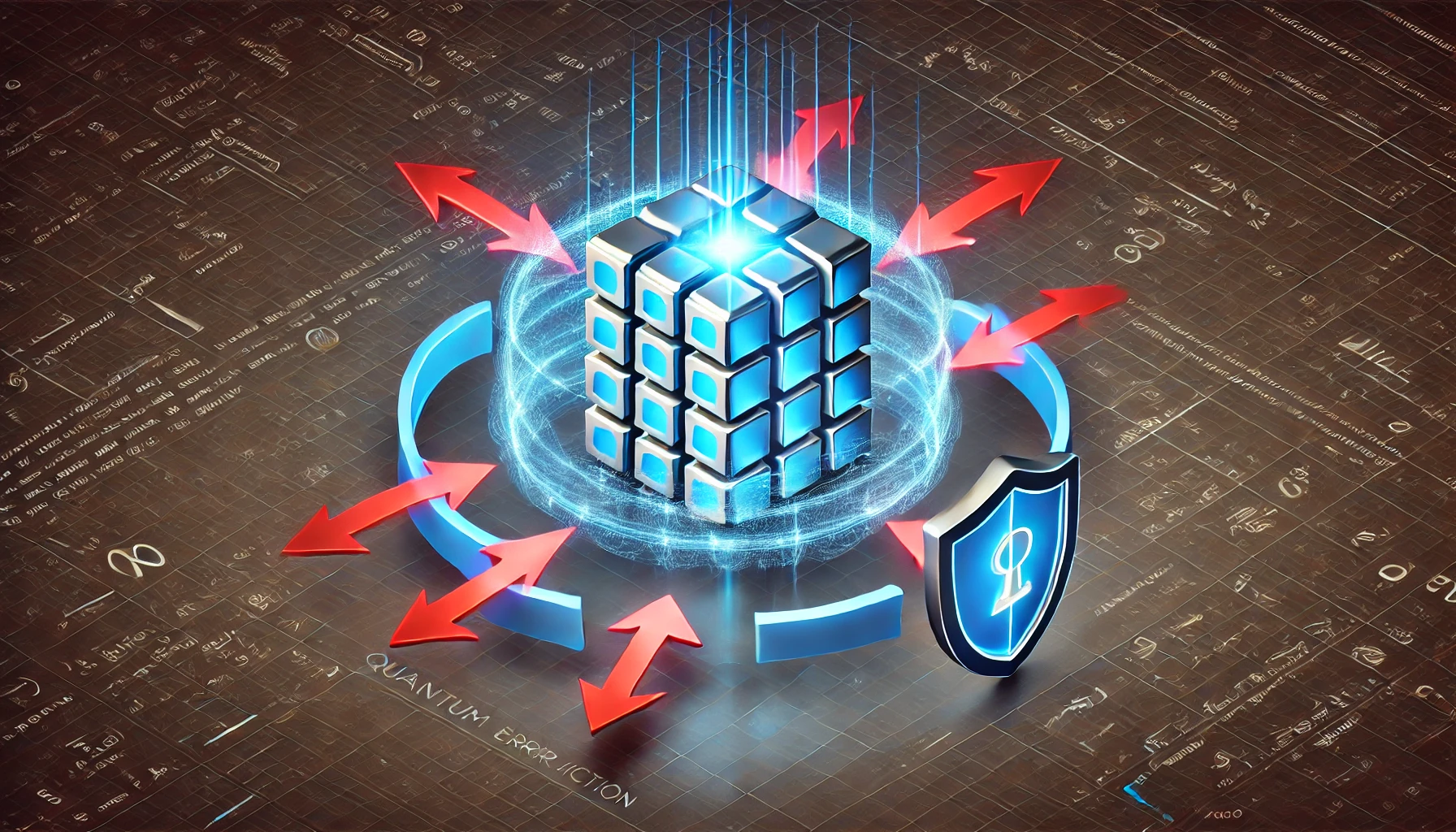Insider Brief
- Quantum error mitigation is a promising technique to reduce noise in quantum computing.
- While promising, a team of researchers report that error mitigation techniques may face limitations that pose challenges for its use in larger quantum systems.
- The team published a study in Nature Physics.
Quantum error mitigation is a promising technique to reduce noise in quantum computing without the significant resource demands of fault-tolerant schemes, but a team of researchers say the technique faces fundamental constraints.
The researchers recently published a study in Nature that offers a glimpse into these limitations, ones that pose challenges for how effective error mitigation can be in larger quantum systems.
According to the researchers, quantum computers hold the potential to solve complex problems beyond the capabilities of classical supercomputers. However, slight interactions with the environment can lead lead to decoherence. And that can threaten the reliability of quantum computations. While quantum error correction can theoretically address these issues, it demands significant resources, making it impractical for near-term quantum devices.

As a practical alternative, quantum error mitigation has emerged. Error mitigation in quantum computing is a method used to correct mistakes caused by noise in the system using classical computing techniques, without needing extra quantum hardware. This means that developers can avoid the need for mid-circuit measurements and adaptive gates.
Error Mitigation Faces a Statistical Challenge
The study frames error mitigation as a statistical inference problem, demonstrating that estimating accurate results from a quantum system becomes much harder as the system gets bigger. Even with quantum computations involving only a few steps, known as shallow circuit depths, the researchers report that an extremely large number of measurements of the quantum system’s output, or samples, is required in the worst case. This, essentially, makes effective noise mitigation infeasible for larger circuits, according to the researchers.
They write: “We identify striking obstacles to error mitigation. Even to mitigate noisy circuits slightly beyond constant depth requires a superpolynomial number of uses of those circuits in the worst case. These obstacles are seen when we turn the lens of statistical learning theory onto the problem of error mitigation.”
The researchers show that noise can scramble quantum information at exponentially smaller depths than previously thought. One way to think of it, if the analogy holds, is trying to tune in a radio so the signal is clear but you lose it to static almost immediately.
This scrambling has the potential to affect various near-term quantum applications, including quantum machine learning and variational quantum algorithms, limiting their performance and ruling out exponential speed-ups in the presence of noise.
Current Error Mitigation Techniques
The study rigorously reviews many error-mitigation schemes in use today, such as zero-noise extrapolation and probabilistic error cancellation. These techniques, while effective in certain cases, face severe resource penalties. In one example, the team details that zero-noise extrapolation requires an exponentially increasing number of samples as the number of gates in the light cone of the observable grows, depending on the noise levels.
Similarly, probabilistic error cancellation under a sparse noise model also exhibits exponential scaling, they write. These findings contribute to a theoretical understanding of when and why these penalties occur, challenging the practicality of current error mitigation approaches.
Theoretical Framework and Findings
The researchers use statistical methods to explain error mitigation, describing it as comparing an ideal, noise-free quantum circuit with the actual, noisy results to correct errors. They distinguish between weak error mitigation, which estimates expectation values, and strong error mitigation, which aims to produce samples from the clean output state.
Their framework encompasses various practical error-mitigation protocols, including virtual distillation, Clifford data regression, zero-noise extrapolation, and probabilistic error cancellation. Despite ongoing development and high expectations, the study builds on prior work to highlight the inherent limitations of these techniques.
Implications for Quantum Computing
The implications are significant for the development of quantum computing. Error mitigation, while a promising short-term solution, faces intrinsic limitations that must be addressed to realize the full potential of quantum devices. As noise affects the distinguishability of quantum states, effective error mitigation must act as a robust — to coin a name — denoiser, distinguishing states even when accessed only through their noisy versions.
The study also offers insights that could help establish the fundamental limits on a wide range of error-mitigation protocols. This doesn’t mean that error-mitigation is useless, however, rather the researchers say future work needs to address the creation of innovative approaches to overcome these challenges.
Limitations And Future Work
The researchers did mention some limitations with their study. They acknowledged that their theoretical framework, while comprehensive, might not account for all practical nuances in real-world quantum computing environments. Specifically, they noted that their results are based on worst-case scenarios, which might not reflect typical experimental conditions. It’s also possible that assumptions made about noise models and statistical methods might not fully capture the complexity of actual quantum noise behavior. These factors suggest that while their findings highlight significant challenges, further work will be needed to assess the practical applicability of their conclusions.
The team suggested exploring new error mitigation techniques that could potentially overcome the identified scalability issues. The study also highlighted the importance of developing more accurate noise models and statistical methods that closely mirror real-world quantum computing environments. These future directions aim to enhance the reliability and scalability of quantum error mitigation, ultimately bringing practical quantum computing closer to reality.
The research team included: Yihui Quek, associated with both Freie Universität Berlin in Germany and Harvard University, who led the research; Daniel Stilck França, the University of Copenhagen in Denmark and Univ Lyon in France; Sumeet Khatri and Johannes Jakob Meyer, both affiliated with Freie Universität Berlin; Jens Eisert, of both Freie Universität Berlin and Helmholtz-Zentrum Berlin für Materialien und Energie in Germany.
The study is highly technical and this overview might miss some of the nuance. It’s always recommended to read the paper for a deeper dive.


















